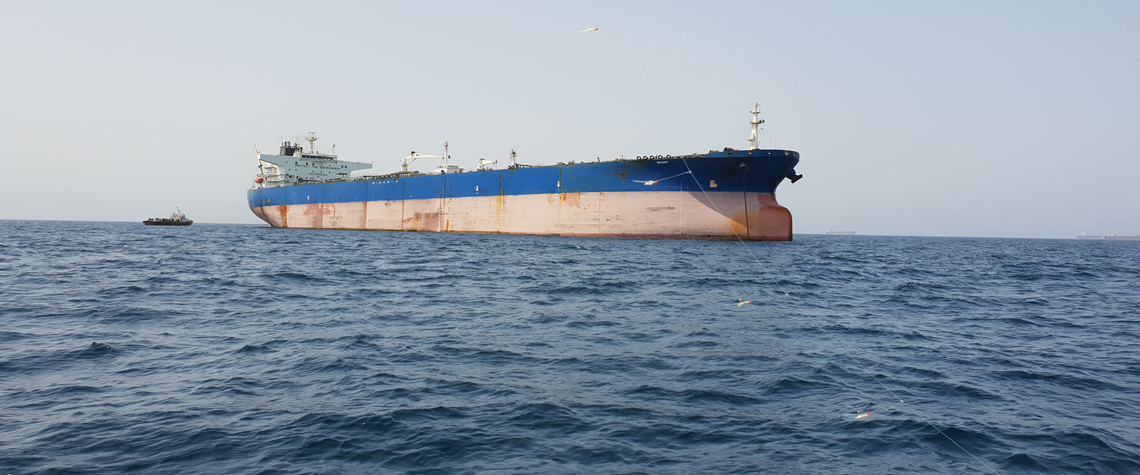Dangerous dance in the Gulf
The US and Iran have thus far reacted to a string of provocative moves more in word than deed, but the potential for miscalculation is high
The summer has passed without any of the direct military clashes in the Gulf between US and Iranian forces that many had feared. But the autumn holds scant prospect of an early resolution of the crisis, and thus for reducing the risk of even an accidental misstep into war. And two external factors risk further ratcheting up the tension—the impact of the United Arab Emirates' (UAE) withdrawal from the battle against the Iran-backed Houthis in Yemen; and the 2020 US presidential election. Any number of incidents over the past few months could have triggered a military confrontation in the Gulf. President Donald Trump in June came close to ordering airstrikes against Iranian targets in retaliat

Also in this section
24 December 2025
As activity in the US Gulf has stagnated at a lower level, the government is taking steps to encourage fresh exploration and bolster field development work
23 December 2025
The new government has brought stability and security to the country, with the door now open to international investment
23 December 2025
A third wave of LNG supply is coming, and with it a likely oversupply of the fuel by 2028
22 December 2025
Weakening climate resolve in the developed world and rapidly growing demand in developing countries means peak oil is still a long way away







